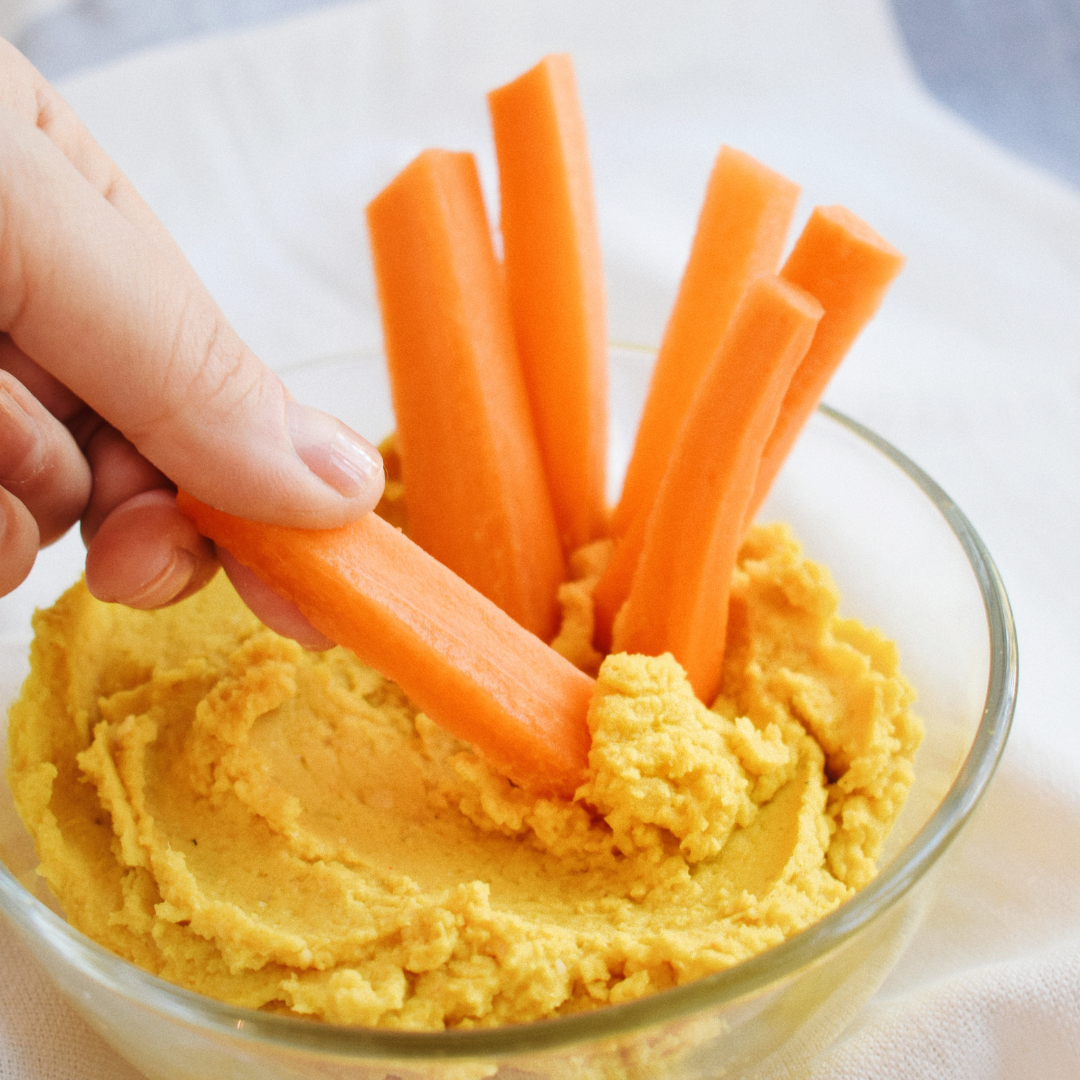Before I was a doctor, I was a mom to three little children. I started medical school when my kids were aged five, three, and 10 months old, which—perhaps not coincidentally—is the same year I began seeing white hairs on my head. In order for survival (mine, not theirs), we had a few house rules: 1. Eat what you get, or you will have to wait to eat at the next meal. 2. You dirty a dish, you wash it. 3. “I’m your mom, not your short-order cook.” We had varying degrees of success with following these rules, but these guidelines made our transition to a plant-based diet much easier (which happened when my children were 18, 16, and 13).
You see, when your kids are raised to understand that whatever is on their plates is what they eat, it doesn’t take long before they learn that being picky and whiny is the equivalent of going to bed hungry. Thanks to these rules, my children have learned how to eat—and enjoy—a variety of foods. Combine being a mom with my profession as a doctor, and you learn a thing or two about getting young people to eat their vegetables. So, if you need strategies to get your kids to eat healthier food, try these helpful hints.
Why do children need to eat vegetables?
We all need to eat fruits and vegetables, but for little ones, it’s particularly important. This is because they contain vitamins and minerals that provide energy, and also help with essential growth and development. But, according to SFGate, only 22 percent of toddlers and 16 percent of children aged between six and 11 are eating enough fruits and vegetables. The tips below may help you convince your child to try to eat more nourishing foods, but it’s important not to panic if they refuse. After all, kids go through different phases as they grow up.
 Canva
Canva
“I certainly encourage my patients to eat lots of veggies. I also reassure parents that the kids who don’t eat veggies will be just fine,” pediatrician Aaron Lindzon, MD told Today’s Parent. He added: “For kids who refuse fruits and veggies, I usually recommend a multivitamin to ensure adequate vitamin and mineral intake.”
BECOME A VEGNEWS VIP: Get exclusive product deals, freebies, and perks galore!
How to get kids to eat their veggies
Next time your littles are hesitant about the broccoli on their dinner plate, give these nine tips a try.
 Canva
Canva
1 Be healthy and stealthy
Hiding greens in everything and anything is crucial for a parent, so if your child loves smoothies, add a few leaves of kale or spinach. Doing so will not change the flavor (and your children will be healthier for it), so don’t feel guilty about not giving your offspring full disclosure of the smoothie ingredients.
2 Get colorful and creative
Remember: this is the 21st century—Instagram has made unicorn foods a hot trend. But you can still make healthy ingredients enticing and colorful for kids. For example, the secret to this bright red shake is beetroot, and the root vegetable is also central to this hot pink hummus. This pretty purple smoothie also has spinach hiding in the recipe, alongside nutritious fruits like blueberries, pineapple chunks, and bananas.
3 Set the example
Parents, I am calling you out! You have to stop saying “eat your vegetables” when your plate is devoid of greens. Children are smart and perceptive, so if you want them to eat healthy, you’re going to have to start by being the example. Yes, you are going to have to eat your vegetables, too.
 Canva
Canva
4 Dip it
This can be anything: hummus, nut butters, vegan salad dressings, or salsa, into which your children can dip their fruit and vegetables. They will love it, and you will find they will eat a lot more if you give them the dipping option because the only thing better than a carrot is a carrot with a roasted red pepper dip.
5Ask your kids to choose the recipe
Last I checked, there are no child labor laws stating that children can’t help cook, set the table, or do the dishes, and they can also help pick the menu, too. Dust off those recipe books from the kitchen shelf, or get online, and find recipes together. If you have an idea of the sort of dish you want to make, you can still involve them by allowing them to pick from two or three versions of a recipe. This way, you still have control, but your kids feel like they have had some involvement and input in the day’s meal planning.
6Go shopping together
Bringing your offspring to the grocery store to buy ingredients is another great way to get them interested in foods. Ask them to compare two zucchinis for their advice on which one is ripe, or have them talk to the produce person for help picking out the perfect bundle of kale. Whatever you choose, getting children involved in meal preparation will increase the likelihood of a lifelong love affair with healthy foods.
 Canva
Canva
6 Go shopping together
Bringing your offspring to the grocery store to buy ingredients is another great way to get them interested in foods. Ask them to compare two zucchinis for their advice on which one is ripe, or have them talk to the produce person for help picking out the perfect bundle of kale. Whatever you choose, getting children involved in meal preparation will increase the likelihood of a lifelong love affair with healthy foods.
7
Grow your own
Furthermore, my day job as a doctor has taught me that children are closer to the ground, which is one reason why they’re perfect for helping you plant a garden. With this in mind, go online to find the prettiest fruit and vegetables, and head to your local nursery to purchase plants and/or seeds. Then, if you have a space for a garden, get digging! If you don’t have any outside space, it’s worth bearing in mind that you can still grow things like herbs and tomato plants on window sills.
8 Bribes bring bad vibes
Parents, repeat after me: bribery does not work! Rather than encouraging children to expand their palates, all bribery does is reinforce the whining and tantrums that occur when they want ice cream for dinner. If you tell a child he or she can have ice cream after they eat their vegetables, your kid will remember this bargaining tool, and use it to their advantage. So, instead of bribery, remind your children that they will eat what is on their plates, or wait until the next meal. Relax—they’ll be fine.
9 Tell silly vegetable jokes
When dealing with children, one thing I know to be true is that humor always works. Because of this, I have learned that nothing gets a child laughing like silly vegetable jokes. For instance, my kids loved, “What vegetables do sailors hate? Leeks.” Then there’s my personal favorite: “Knock, knock.” “Who’s there?” “Lettuce.” “Lettuce who?” “Lettuce us in and you’ll find out.”
For more kid-friendly vegan tips, read:
JUMP TO ... Latest News | Recipes | Guides | Health | Subscribe








